I notice that this simple ArrayFire program is causing loaded TIFF images to be heavily distorted:
#include <iostream>
#include <arrayfire.h>
int main( int argc, char** argv ) {
af::array img = af::loadImage( argv[1] );
double mn, mx;
unsigned idxn, idxx;
af::min( &mn, &idxn, img );
af::max( &mx, &idxx, img );
std::cout << "Image size = " << img.dims()[0] << ", " << img.dims()[1] << '\n';
std::cout << "Data type = " << img.type() << '\n';
std::cout << "Min = " << mn << " (at " << idxn << ")\n";
std::cout << "Max = " << mx << " (at " << idxx << ")\n";
af::saveImage( argv[2], img );
return 0;
}
I then compile and run on a simple (monochrome) image:
./a.out orig.tif out.tif
with the following output:
Image size = 256, 256
Data type = 0
Min = 0 (at 65535)
Max = 81.5025 (at 31356)
When I visualize these images I get the following result:

which of course is not what ArrayFire is expected to do; I would expect it to dump the exact same image out since I didn't make any changes to it. Unfortunately I don't know enough about the TIFF image format or the graphics backend of ArrayFire to understand what is going on. Am I doing something wrong while loading the image? (I followed the ArrayFire documentation for loadImage and saveImage).
I also tried using loadImageNative and saveImageNative alternatively, but the latter returns a 4-layer TIFF image while the original image is only a 1-layer TIFF.
Any help at all from ArrayFire experts would be great.
Thanks!